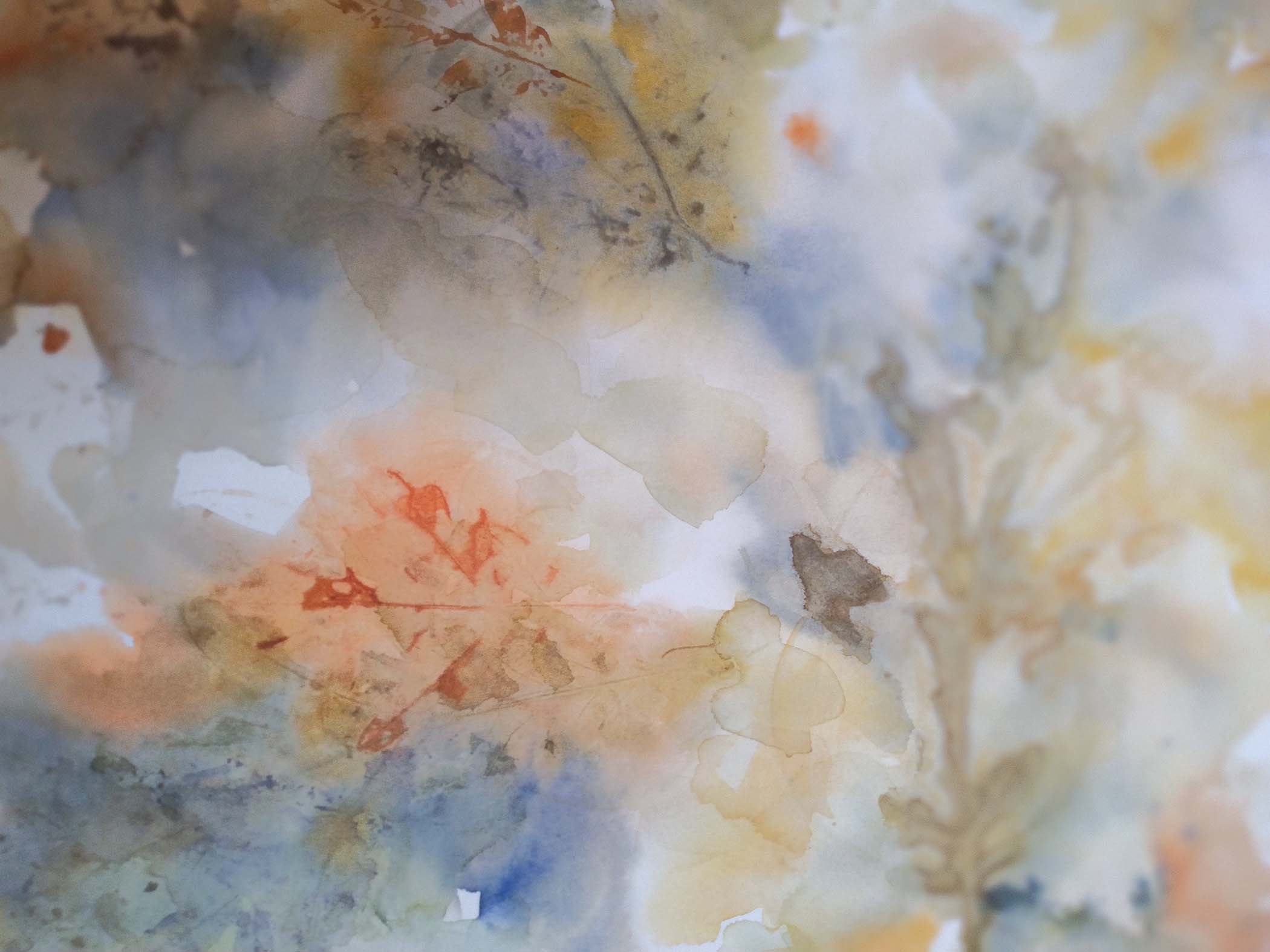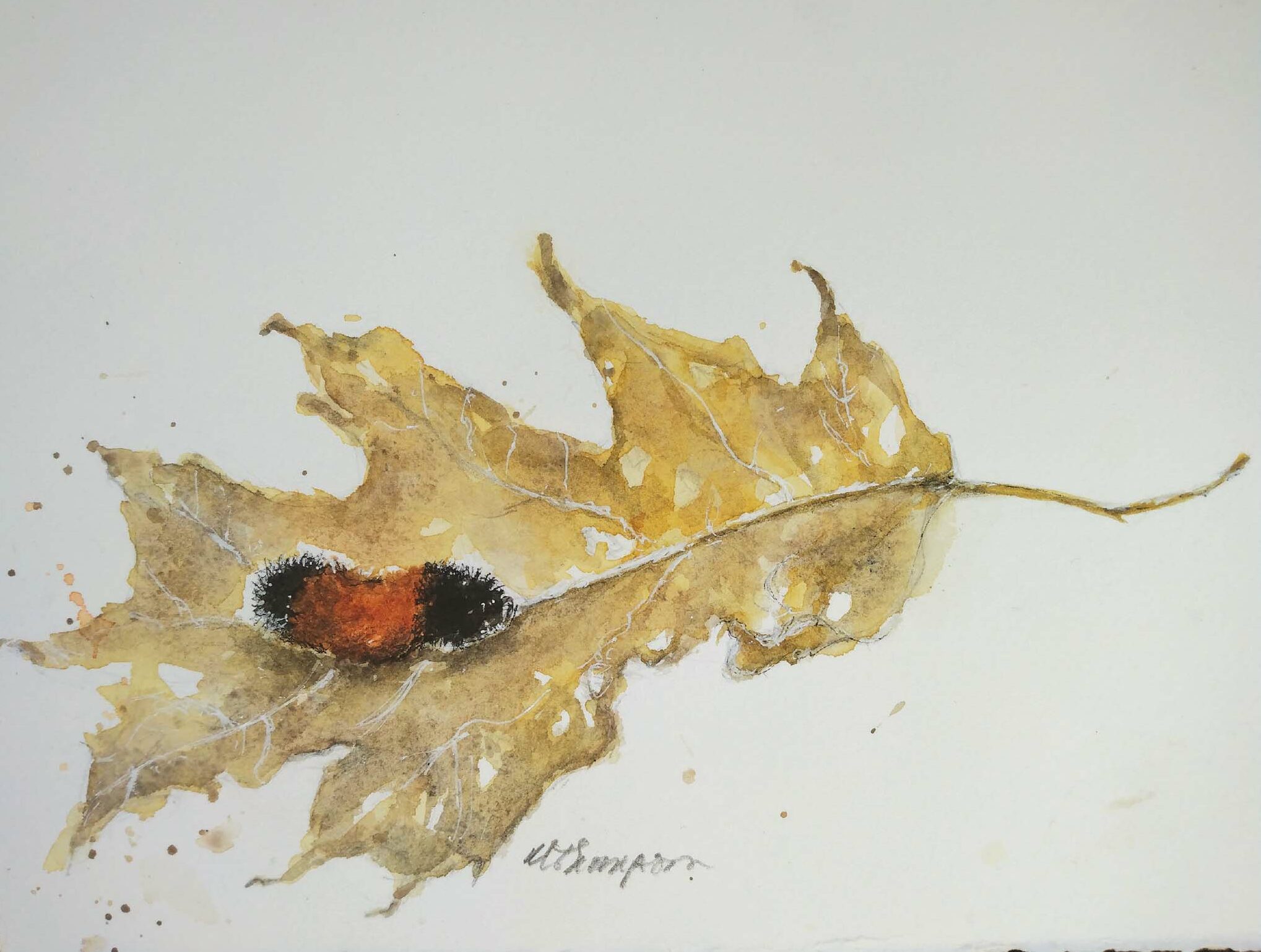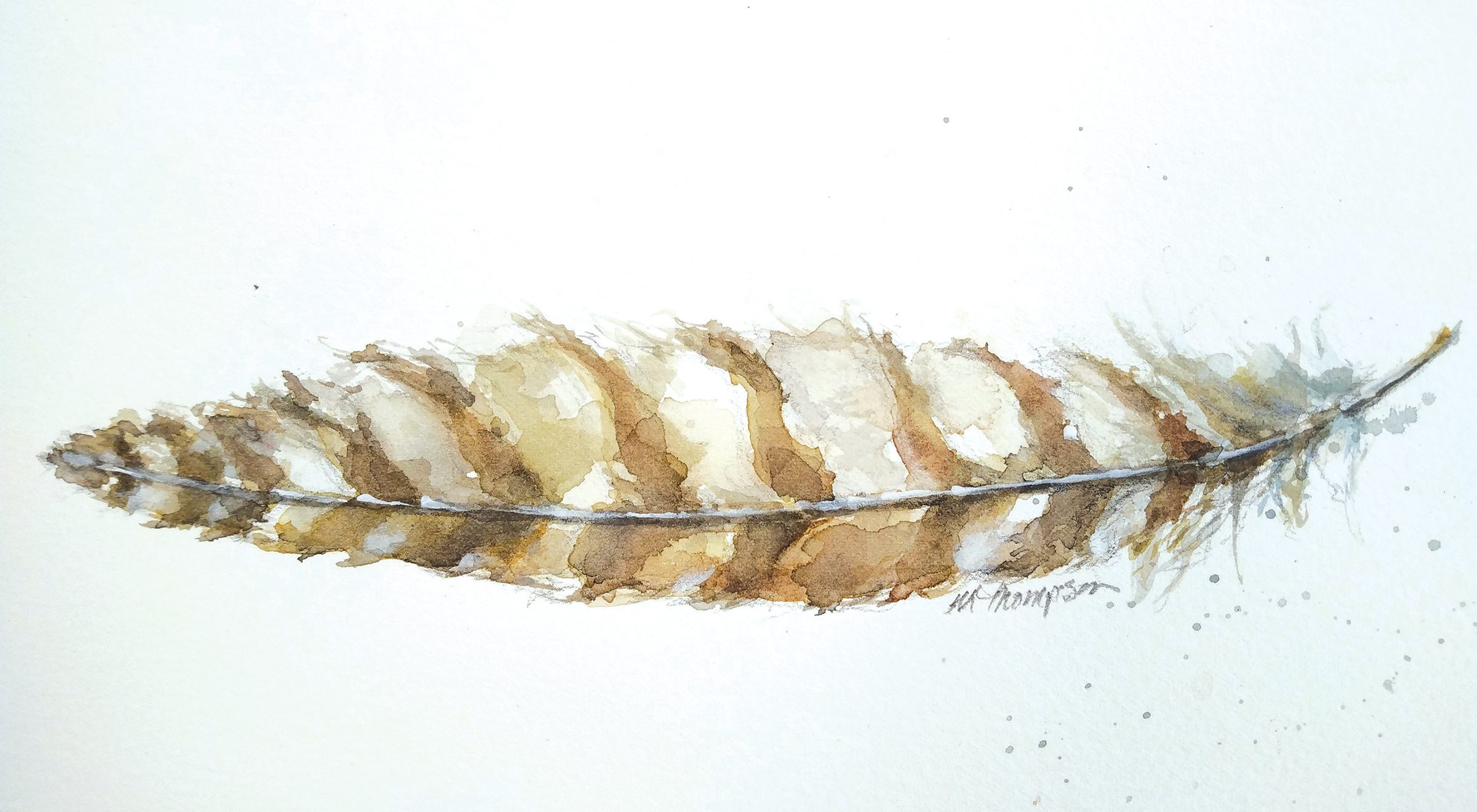Leave The Leaves
They may be nature’s finest creation. Conspicuous, abundant, profoundly productive, leaves make life possible. A few cells thick, the typical leaf houses complex biological machinery laminated between its exterior surfaces. That machinery enables plants to convert sunlight, water, and carbon dioxide into sugar and oxygen via a biochemical miracle known as photosynthesis. Remarkable yes, but for all their green glory, the magic of leaves extends well beyond their biological tenure.
Dwindling daylight and cooling temperatures signal impending seasonal change. Trees batten down their physiological hatches by terminating photosynthesis and translocating sugars out of leaves and into their trunks for winter storage. Senescence, the process of deterioration, results in the riot of fall colors – red, orange, gold, and tan – that make leaf peepers giddy.
Autumn winds send senescing leaves landward. As they accumulate on lawns and gardens, leaf blowers and yard vacuums roar. Banished to mulch piles or curbside removal, corralled leaves are denied their ecological purpose. Long after the cessation of photosynthesis, long after they parachute to earth, long after they brown and desiccate, leaves continue to sustain life.

Think of it this way. A forest without a layer of leaves covering the ground – leaf litter – is incomplete. Also known as duff, the veneer of decomposing leaves is fundamental to soil health. It is the primary means by which nutrients are delivered to soil, and by extension, to plants.
The organic detritus resulting from slow leaf decomposition attracts a host of tiny detritivores – nematode worms, earthworms, millipedes, and sow bugs are but a few – that serve as food for centipedes, spiders, and beetles that in turn become dinner for a host of species that dine on leaf dwellers including garter snakes, toads, and birds. It’s all possible because of leaves.
Many species, particularly insects, rely on fallen leaves to provide concealment from predators and insulation against winter’s frigid bite. Numerous butterflies and moths, including the regal Luna moth, ride out cold weather snuggled in cocoons and chrysalises that mimic leaves. The caterpillars of fritillaries, burnt orange butterflies that rocket over meadows and slalom forest edges, find winter refuge in leaf litter. Likewise, woolly bear caterpillars, sporting their iconic red and black cardigans, are often seen crossing roads during autumn as they search for the perfect leaf laden lair in which to hole up. For brightly banded bumblebees hibernating just below the soil surface, a toasty leaf blanket can tip survival odds in their favor. Layers of leaves, it turns out, are essential for a healthy environment.


This fall, as you prepare for winter’s inevitabilities, adopt a softer approach to leaf management. Lawns can still be raked, but where those leaves end up matters. A layer of leaves in the garden will provide needed homes for your six-legged neighbors, help retain soil moisture and insulate plants against Arctic blasts. A mulch pile in an unused portion of your yard can serve as important habitat. And let your two-legged neighbors know you’ve turned a new leaf so they can consider doing likewise. The more we mimic nature, the more we benefit the planet we call home. It all begins by leaving the leaves.


Craig Thompson
Craig Thompson is a professional biologist with a penchant for birds dating back to a time when gas was $0.86 cents a gallon. He’s considering a brief leaf of absence from his day job.


Mary Thompson
Mary Thompson has degrees in Fine Arts and Education. She has delighted in the creative arts since her first box of crayons. When needed, she brakes for Woolly Bears.















